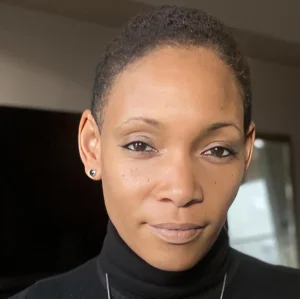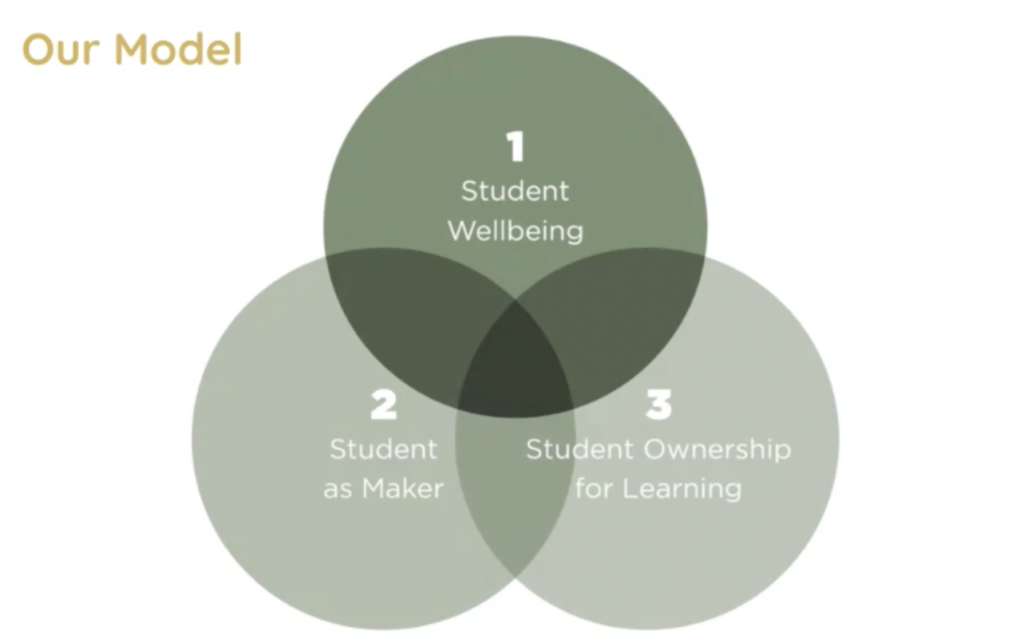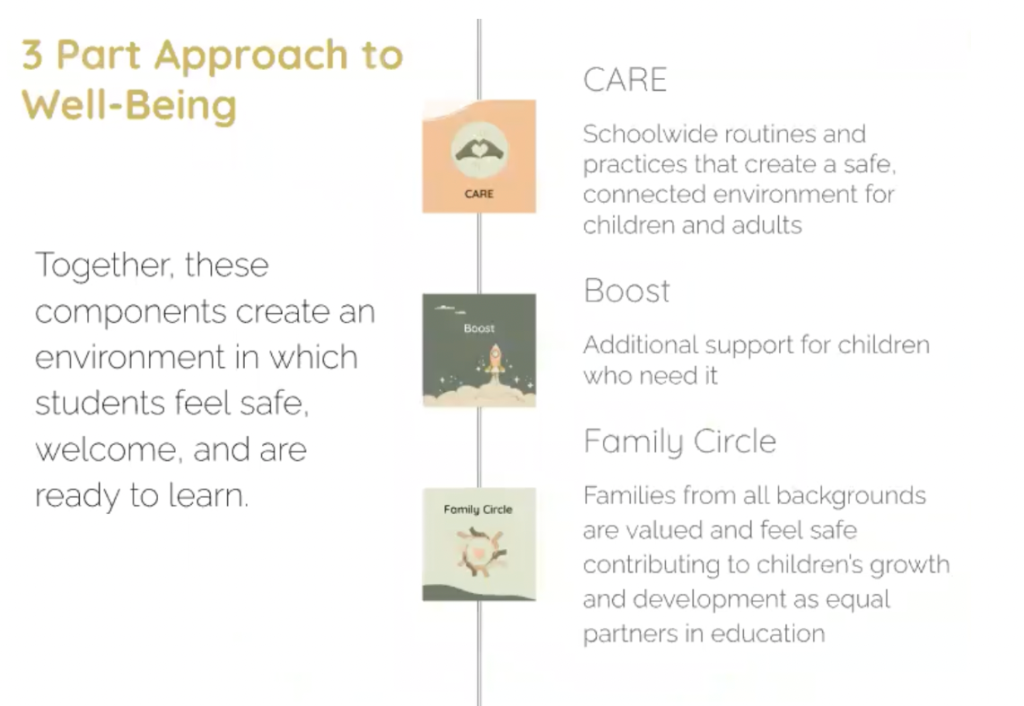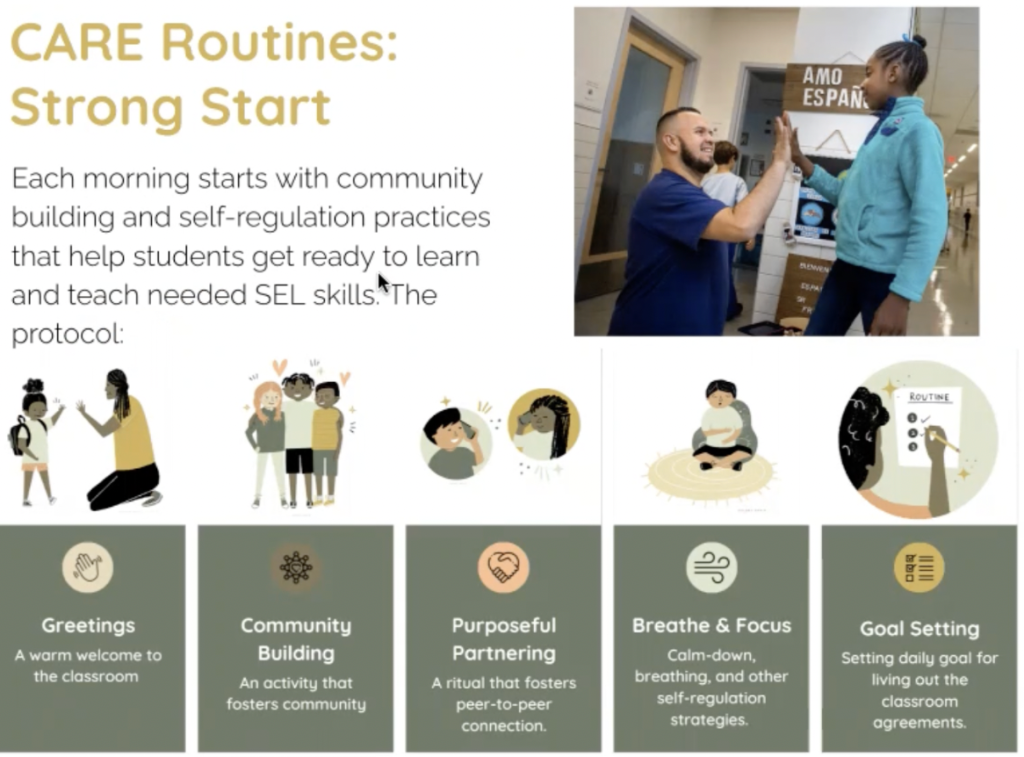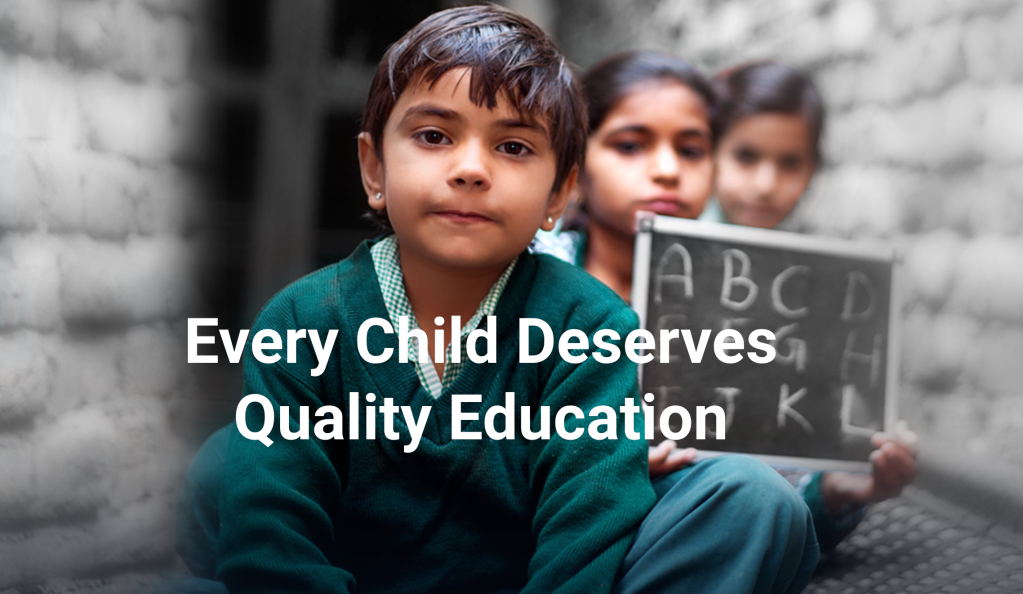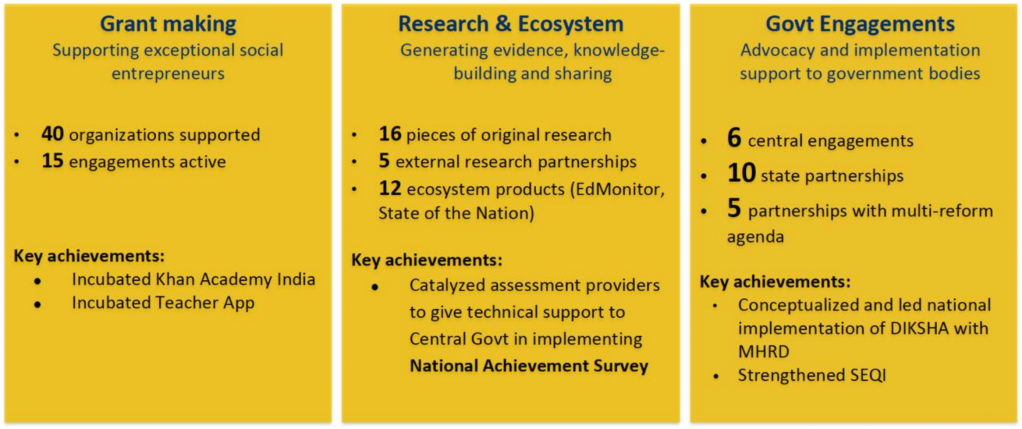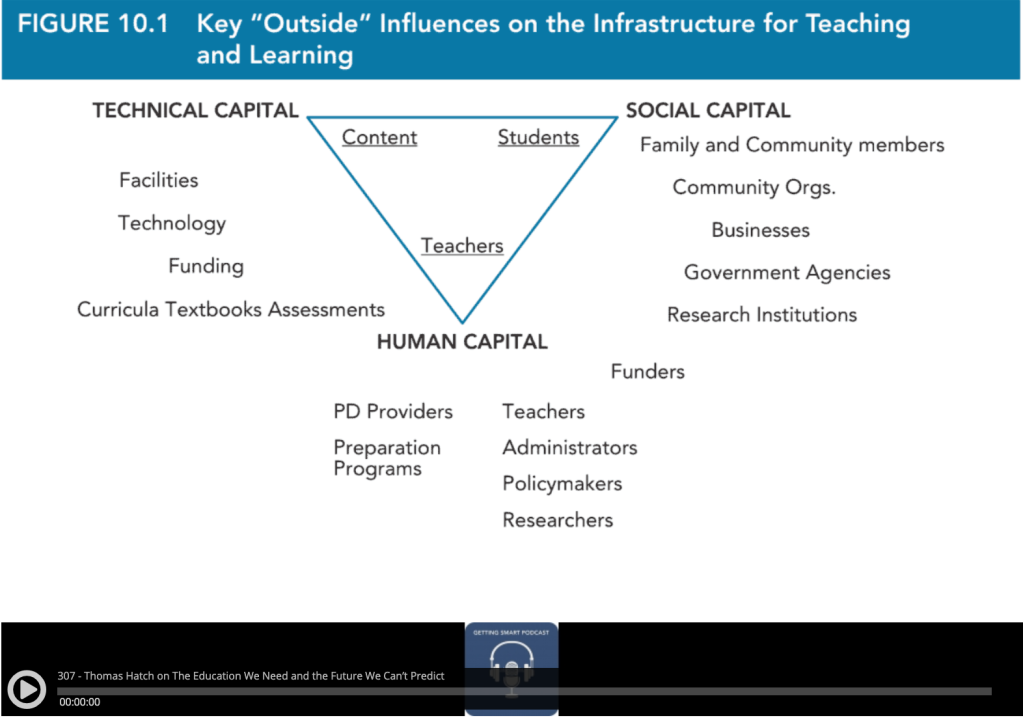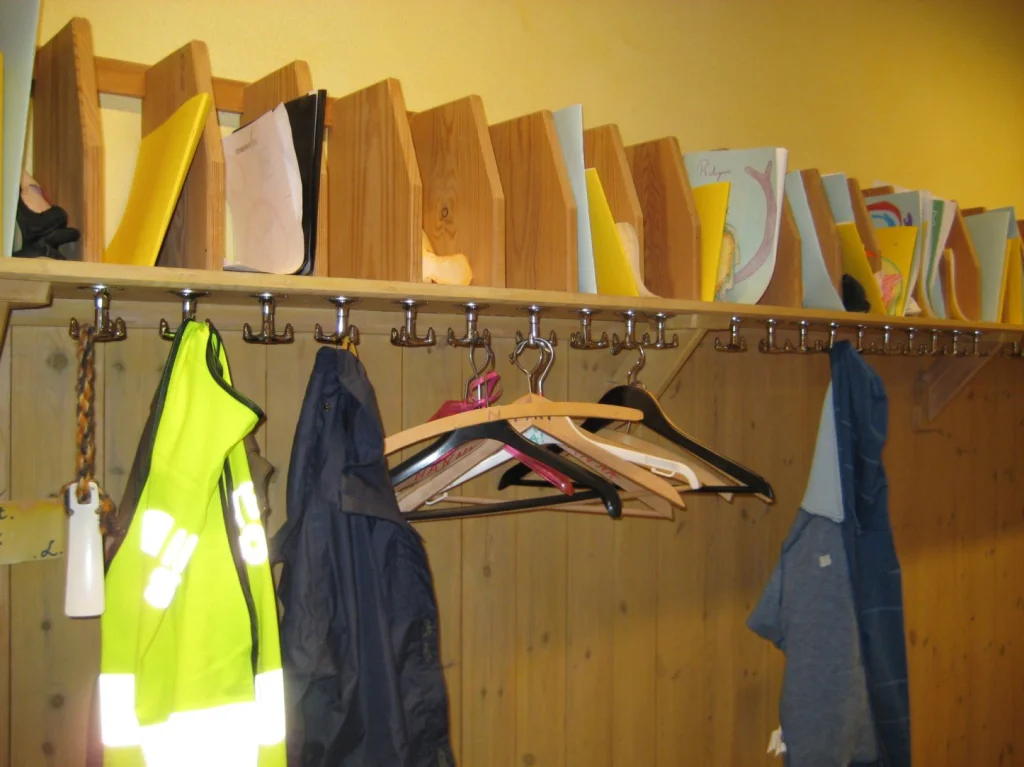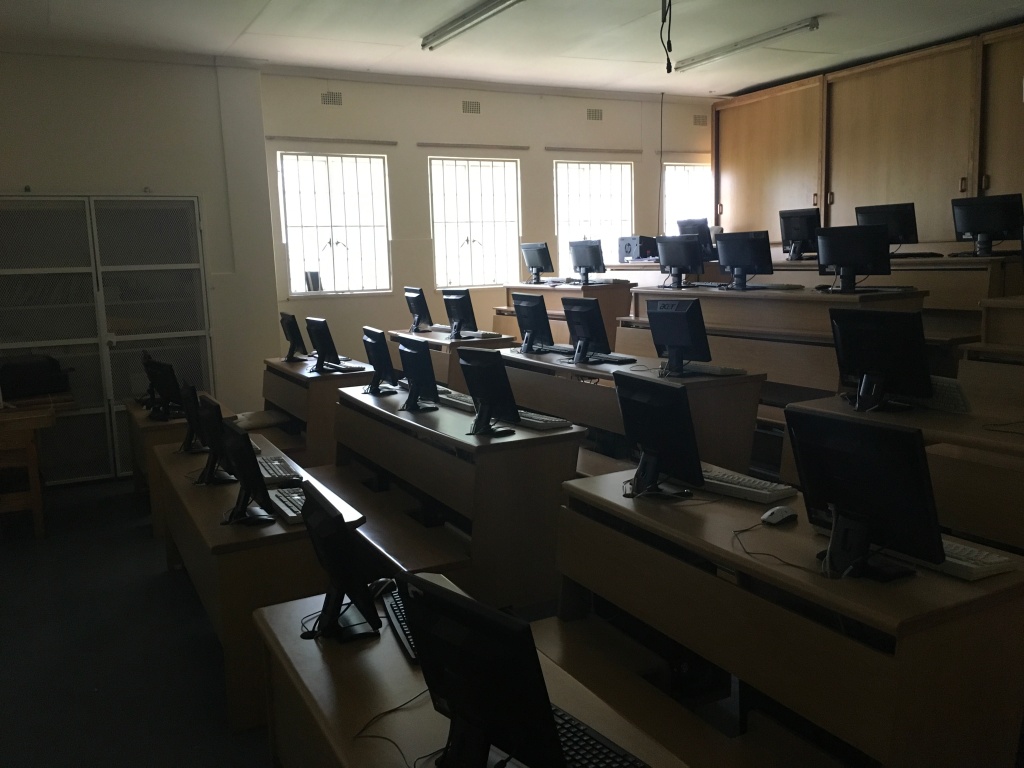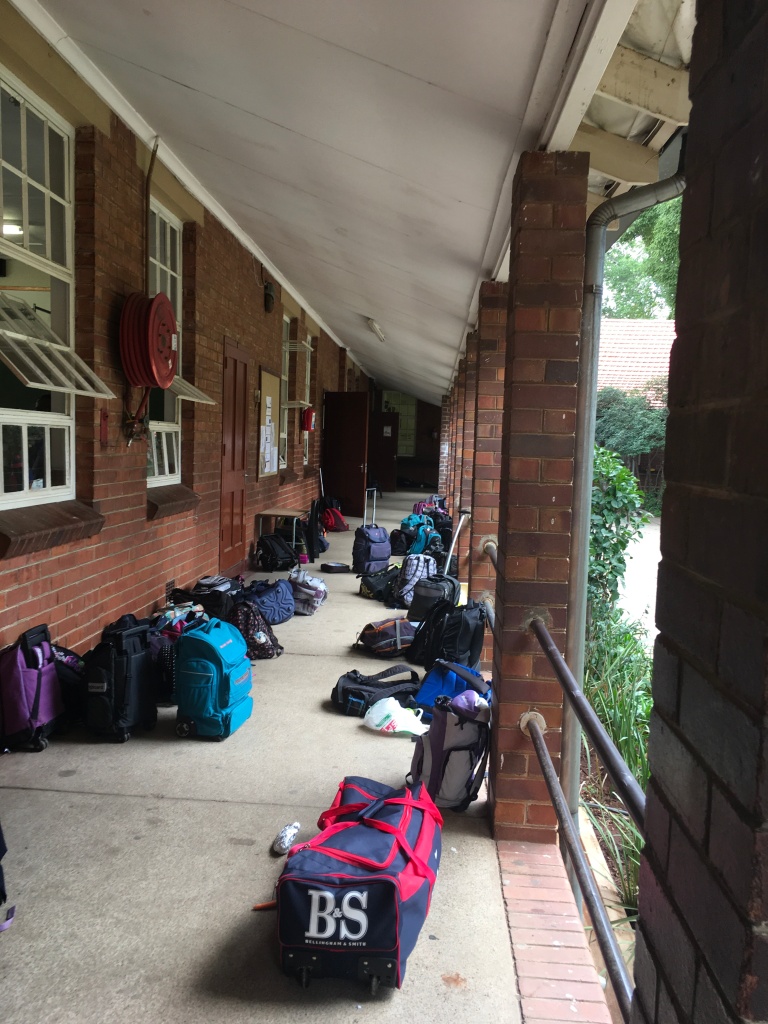NOTE: This interview I did with Cynthia Robinson Rivers originally appeared in internationaledews.com
The first part of this 3-part post draws on an interview with Cynthia Robinson-Rivers, the founding principal of the Whole Child Model at Van Ness Elementary School in Washington D.C. Robinson-Rivers recently joined Transcend, where she works with schools in Texas, Tennessee and Washington D.C. who are adopting the Whole Child Model. The interview was conducted by Thomas Hatch and students from his School Change class at Teachers College, Columbia University in the fall of 2023. Part 1 focuses on the initial development of the Whole Child Model and some of the supports for teachers. This post builds on an a 2-part interview last year with Transcend’s Keptah St. Julien who talked about the key elements of the Whole Child Model (See part 1; part 2).
Establishing the key components of the Whole Child Model at Van Ness Elementary School
Thomas Hatch (TH): Can you tell us about the Whole Child Model and how it originated at Van Ness?
Cynthia Robinson-Rivers (CRR): As we were developing what would later become the Whole Child Model, we talked with teachers, students, parents, and community members and asked: “If we’re successful during our students’ elementary school years – pre-kindergarten through fifth grade – what will our students be like as adolescents and adults?” This generated a long list of words, including, most prominently, “compassionate,” but also words like “critical thinkers.” Those became our graduate aims, and they were for the students to be creative, compassionate, critical thinkers, curious, constant learners and students able to build community across lines of cultural and racial difference. These were the characteristics and dispositions we hoped to cultivate in students during their time with us. From those aims, we then worked together to develop the actions we would need to take in order to be able to develop those traits in our students.
In our second year, we partnered with Transcend and they helped us to codify the things we were doing as a school model that could be shared with others. That work led us to establish three key components:
- Student well-being,
- Student as a maker
- Student ownership for learning
Student well-being is the most developed, as it was the component we started with, and it’s the most foundational to the model.
The work on student well-being also has 3 parts:
- CARE is the set of universal “tier 1” practices every student receives. It’s effective in supporting kids, helping them to be successful with their school day for 90 to 95 percent of students.
- BOOST is the set of additional “tier 2” and “tier 3” supports that we give to that 5 to 10% of students who need additional support to be successful participating in the routines of school.
- FAMILY CIRCLE is our approach to family engagement, and it includes practices that aim to place families as equal partners in education and leverage that support for the student’s development.
Zooming in on CARE, which stands for Compassion, Assertiveness, Routines, and Environment, something as straightforward as the language teachers use and the tone of voice they use when they speak with students is considered a tier 1 support for everyone that walks into the school building.
We start with the physical environment, with the classroom as the “third teacher” and as a hugely important part of the students’ experience. We want them to enter a room that is comfortable, personal, accessible, and a reflection of the students’ backgrounds and cultures.
“We think about the physical environment of the classroom as the third teacher and as a hugely important part of the students’ experience. We want them to enter a room that is comfortable, personal, accessible, and reflective of the students’ backgrounds and cultures.“
There are many ways in which our approach to the classroom environment helps to meet a child’s needs. Most importantly, we want the room to be accessible, meaning students know how to access materials independently and where to find needed items that are in organized bins and are clearly labeled. Ideally, we have lamps and natural light as an alternative to overhead fluorescent lights and access to nature through keeping plants in the room. We have framed pictures of students and their families to not only acknowledge the importance of families and make them visible in the classroom, but also to help calm students when they are upset. We aim for our classroom environments to be trauma-informed, welcoming, predictable and consistent. When kids don’t know what’s coming, they’re much more likely to be dysregulated and to be quicker to get upset than when they know exactly what to expect, and the classroom can help to establish that kind of predictable and supportive environment. Another important part of the classroom is the centering space, a physical space in every room that kids know they can go to if they feel upset and has the visuals and the physical materials that can aid them in doing so.
In addition to the physical environment, we have the Strong Start morning routine, inspired by a socio-emotional learning program that Van Ness utilized in its beginning years, which includes support from students beginning with a greeting at the door when they start the instructional day. The aim is to enable kids to be successful, especially if they have come to school with challenges that day or the evening before.
Strong Start includes:
- Greetings: Students get a personal, warm greeting, with a choice of how to be greeted and a meaningful exchange back and forth – serve and return (as in tennis) – that will help kids who may not have healthy attachment to get experience connecting with a trusted adult.
- Breakfast in the classroom: As an alternative to a noisy and impersonal cafeteria, students eat together in the more quiet and calm environment of their classroom.
- Independent activities: Students journal, conference with their teacher, or engage in partner or small group activities that can include academic interventions.
- Community Building: Teachers bring the class together as a group to foster a sense of shared community and belonging.
- Purposeful Partnering: Teachers pair students up with at least one other child to engage in activities that create student to student connections.
- Breathe and Focus: Teachers give the students an explicit opportunity to practice ways of gaining composure if they’re upset.
- Goal setting: Teachers ask students to set an intention for the day. We know that when we set a goal and we tell someone about it, we’re much more likely to meet that goal.
- Reflect and Share: Students are able to process current events or recent classroom conflicts through a group conversation the teacher facilitates.
We also engage in a broader set of CARE practices – that include strong start, classroom design, intentional language, and other components – and many people visit schools that we work with and think, “Oh, this is great!” and comment on how “warm and fuzzy” the practices seem. So we often explain that, while the environments we create are warm and that’s important, the practices are rooted in brain science and each have a purpose. We try to share as much as we can about what happens inside students’ bodies and brains when their development has been impacted by trauma and the importance of schools being trauma-informed.
The Whole Child Model is inspired by Dr. Bruce Perry’s neuro-sequential model. It helped us to understand that if kids come to school fearing for their physical safety, which is the case in some of our highest need schools, they first need to regulate. That’s where practices like Breathe and Focus come in. If students are not regulated, they’re not ready to learn. We also know that if they are upset, they might be controlled by their limbic system. Their amygdala might be over reactive and they may be scanning for threats. In that state, they are also not ready to learn. Where we want them to be is in their prefrontal cortex, regulated and ready to reason and think abstractly and critically.
A typical day with the Whole Child Model
TH: The extensiveness and comprehensiveness of the support is really noteworthy and as you emphasized, it’s not just a set of features or elements but they are grounded in a particular approach and theory about children’s development and children’s behavior. Could you give us a sense of how all of this plays out in a typical day?
CRR: Students arrive, receive a greeting, and have breakfast in the classroom. As students are arriving, those already in the classroom engage in independent activities, including journaling and reading, until the teacher gathers students together for strong start group activities. While many social-emotional learning programs call for a daily or weekly block of activities, we believe that students should experience positive and supportive interactions throughout each day and should have frequent opportunities to practice their skills in authentic ways. So, you would see this come to life in language a teacher uses when working with students, to either help them be successful because of the clarity or concision of language or help them think critically because of open-ended questioning. You would see students learning independently in all parts of the room – the maker space, the art center, the small group reading table, and other areas – in ways that promote autonomy and choice to empower students. Social stories – visual stories that help students know what to expect – might be used to support students moving to a new activity or individually to help students who have difficulty with transitions. These are just a few examples of how a whole-child, student-centered approach would live throughout the day and not be confined to a narrow block of time.
“You would see students learning independently in all parts of the room – the maker space, the art center, the small group reading table, and other areas – in ways that promote autonomy and choice to empower students.”
Key Supports for the Model: Staffing for Socio-Emotional Development
TH: Can you talk a bit about what it takes to support the model? For example, do you need a lot of support staff to be able to make it happen? Do the teachers have any coaching?
CRR: Yes, the socio-emotional, behavioral, and mental health staff require in-depth training, but within these roles the staffing and capacity vary widely at our schools. In DC, many schools have “behavior techs” who respond if there is a child in immediate need. The behavior techs are also the people who run structured recess and restorative in school suspension.
In other regions using the Whole Child Model, staffing approaches are very different and, in some cases, have less support and capacity. Some schools have only an itinerant social worker, no behavior techs, and no positions like dean of students to coordinate behavior responses. We work with schools to determine who can own some of those systemwide approaches in lieu of the behavior techs. Typically, we are able to work with schools to figure out who on the staff would be most appropriate to take the lead and make sure interventions are running.
Before implementing intensive behavior interventions, it’s important to focus on CARE Plus, the set of interventions that happen in the classroom before a student is referred to outside supports. If the teacher has a student who could benefit from additional support, there are many CARE Plus strategies that can be used. For example, a child might get an individualized daily schedule in addition to the classroom posted schedule, because they need to know exactly when transitions take place and need to see that in a personalized way. Students may have specialized seating or they may get the additional responsibility to be the line leader because being in line is a part of the day that the student may have a hard time with. Students may get to have a movement break or use their break card to go get a break. These are all interventions within the classroom but teachers need the support of an administrator to help think through which strategies would help the child before more intensive interventions are considered.
Book Studies and Professional Learning for Teachers
TH: What about professional development for teachers? Can you talk about your book studies and how other professional development activities are integrated into the school day?
CRR: Yes, when I was at Van Ness, we would read one book for a school year, and we usually read a chapter or two per month and one book every summer. The summer reading was on your own, and we would debrief it during the first week of professional learning at the beginning of the school year. The year-long book study would be the focus of every monthly staff meeting, where we would talk about what we learned in that chapter and how we would apply it. Then that would line up with how we would do observation and feedback as a leadership team, giving feedback on those specific practices that teachers were learning about and implementing. We were able to use those forums because we had other opportunities for other types of professional learning. DCPS implements LEAP, a structure that allows for weekly 60 to 90-minute content area meetings when early childhood, ELA, math, or enrichment teachers gather in a PLC to improve their practice.
“We found that when you define the times and places where you will prioritize different focus areas, it helps ensure you don’t forget about the non-cognitive aspects of a child’s development.“
In addition to monthly staff meetings and weekly LEAP sessions, there are quarterly PD days where we usually have a year-long focus area. One year was focused on racial equity and ways to mitigate against implicit bias. Another year our PD days focused around maker-centered learning, and we brought experts from Project Zero at Harvard to come do training with us. Defining the times and places for different kinds of professional learning helped us to decrease the tension that teachers often have, where they feel like they have so much to do on reading and math and raising test scores that they don’t think they have time for social-emotional learning or well-being. We found that when you define the times and places where you will prioritize different focus areas, it helps ensure you don’t forget about the non-cognitive aspects of a child’s development.
